In modern bathroom environments, bathroom vanity mirrors with lights have gradually become the mainstream configuration. The adjustable lighting, color temperature switching, energy-saving backlight, and intelligent touch functions make it not only a lighting and imaging device but also an essential component of the bathroom atmosphere and cleaning experience. Among these functions, whether the anti-fog function is a "must-have configuration" has become a focus of discussion between many interior decoration projects and end users.
With the increasing frequency of bathroom bathing and the diversification of scene usage, the accumulation of water vapor in bathrooms has led to widespread mirror fogging. When the mirror is covered with mist, it not only affects daily behaviors such as makeup, shaving, and skincare, but also increases the likelihood of leaving watermarks, fingerprints, and damage to the mirror after manual wiping. Therefore, whether to choose a bathroom vanity mirror with lights and an anti-fog function should be comprehensively evaluated based on usage scenarios, energy consumption, space design, and maintenance costs.
1. Bathroom environment and causes of fogging: Closed spaces require more anti-fogging measures
The fundamental reason for mirror fogging is that water vapor generated during bathing condenses into small droplets on the mirror's low-temperature surface, reducing visual clarity. For bathrooms with smaller areas (such as less than 65-95 square feet) and insufficient ventilation, fogging will be more pronounced. Suppose the bathroom is equipped with a glass shower or bathtub and there is no stable exhaust circulation. In that case, water vapor often accumulates on the mirror surface within 20 seconds to 2 minutes (source: bathoromclimate.org).
In such spatial environments, manual mirror cleaning is not only inconvenient, but may also accelerate the wear of the mirror surface treatment layer. Therefore, the anti-fog function has substantial value in enclosed humid and hot environments.
2. Principle of anti-fog technology: difference between heating and nano coating
There are two leading anti-fog solutions for the current bathroom vanity mirror with lights:
Electric heating anti-fog film (mainstream)
By installing a heating film with a power consumption range of about 8W-24W on the back of the mirror, the mirror's temperature is slightly higher than room temperature, thereby suppressing water vapor condensation. This solution has a fast response time and can generally achieve mirror clarity within 30-60 seconds (source: mirrortechdata.com).
Nano hydrophilic coating (auxiliary means)
Covering the mirror surface with a transparent, hydrophilic molecular coating makes it difficult for water vapor to form small water droplets, instead spreading out into a uniform water film, thereby improving visibility. This plan does not require power on, but it will gradually weaken over time and requires periodic maintenance.
Overall, electric heating anti-fog is more suitable for high-frequency use cases, while nano coatings are better suited as an auxiliary.

3. Is it necessary? Depends on bathroom usage behavior and lighting habits
To determine whether anti-fog is necessary, self-inspection can be conducted from the following three dimensions:
Are you used to applying makeup or skincare immediately after taking a shower? If so, it is recommended to request an anti-fog function for the mirror immediately.
Is the bathroom an independent enclosed space? If the ventilation is weak, the fogging effect is more obvious. The anti-fogging impact is also significant.
Is the mirror size larger (such as ≥ 28 inches width)? The larger the area, the more difficult it is to wipe the anti-fog, which is more necessary to do quickly.
Expressed in words:
If the bathroom is closed, the humidity is concentrated, the mirror surface is large, and there is a behavior of immediately looking at the mirror after taking a shower, then the anti-fog function plays a decisive role in the user experience; otherwise, the anti-fog function can be seen as a comfort bonus rather than an absolute necessity.
4. Energy consumption performance: not high cost
Some users are concerned that anti-fog heating may bring additional energy consumption, but based on the average power range of the mirror back heating film:
Taking a 16W heating film as an example, the power consumption during continuous use for 30 minutes is approximately equivalent to running a low-power LED light for several hours (source: energyfixturelab.com).
In other words, the anti-fog function has a very low impact on daily electricity costs, and there is no need to worry about energy waste during use.
5. Design layout impact: Collaborative improvement of mirror front lighting and anti-fog formation
The value of a bathroom vanity mirror with lights lies not only in illuminating facial skin details, but also in reducing indoor shadows and reflective distortion. If the mirror is fogged, no matter how good the lighting is, it cannot present a clear skin color hierarchy, facial contours, eyebrow highlights, or a foundation make-up transition effect.
In especial:
The makeup table and bathroom share the same mirror scene.
Frequent daily rotation and use by multiple users.
Need for detailed makeup, eyebrow trimming, and shaving.
At this point, the anti-fog function is not a "bonus", but a key support for maintaining the mirror lighting effect.
6. Maintenance and Cleaning: Anti-fog function can reduce secondary cleaning losses
Non anti-fog mirror surfaces are prone to the following problems during long-term wiping and cleaning:
Wear of the glass coating layer leads to dark marks on the mirror surface.
Residue from cleaning agents forms water stains and stripes.
Metal frames may develop oxidation points due to long-term exposure to water vapor.
The mirror with an anti-fog function reduces frequent contact and friction, which can extend the mirror's overall lifespan (source: bathomofixturemaintenance.org).
Conclusion: The anti-fog function is not a "decorative option", but an experience-enhancing design closely related to the usage scenario
If the bathroom has high humidity, limited ventilation, frequent mirror use, and requires immediate dressing and skincare after bathing, an anti-fog function is essential.
If the bathroom is well ventilated and the mirror usage is not synchronized with bathing, the anti-fog function is a comfort option.
In other words, anti-fog is not a "luxury feature", but the key to ensuring that the bathroom vanity mirror with lights can function adequately in different humidity conditions.
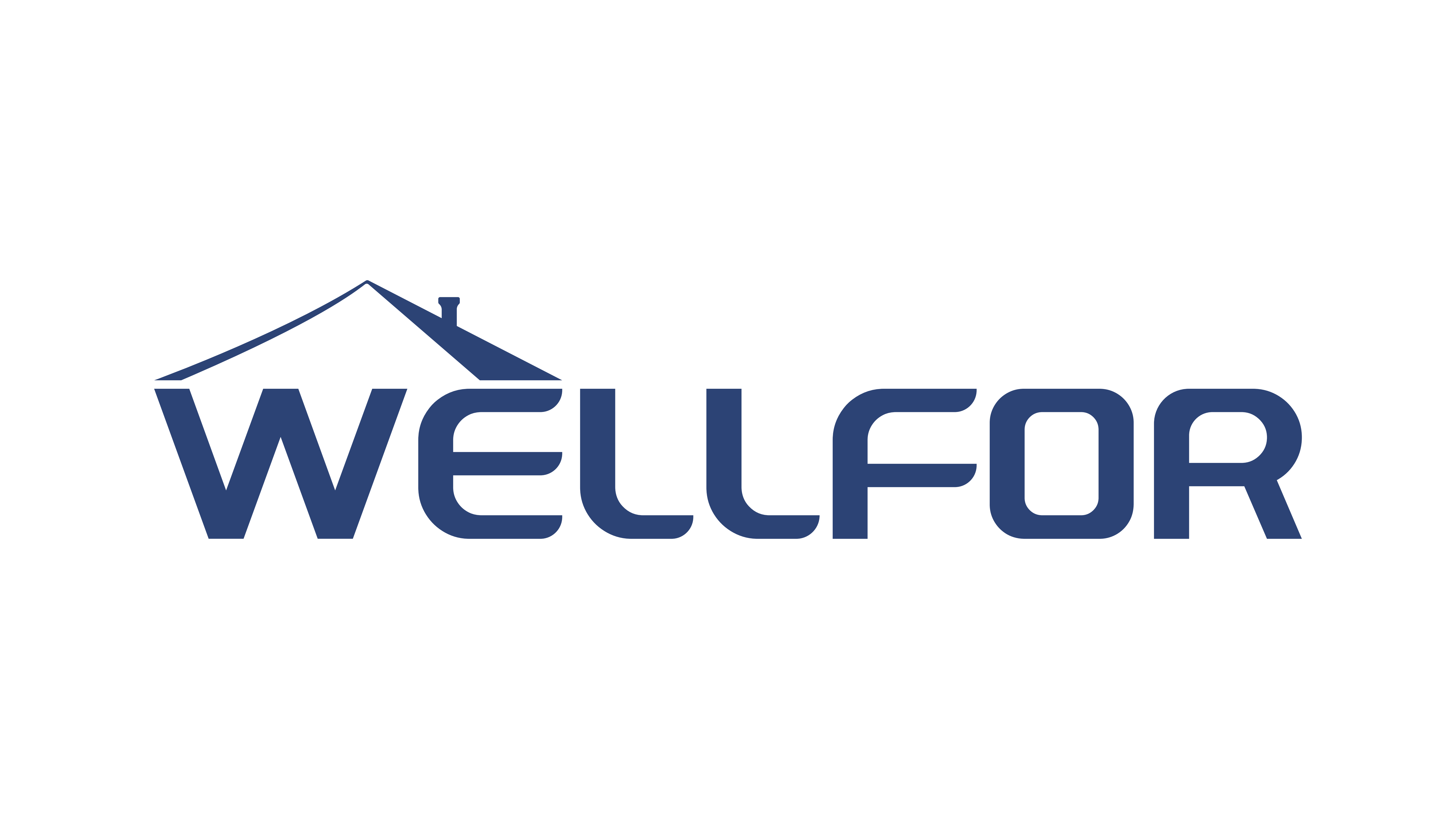
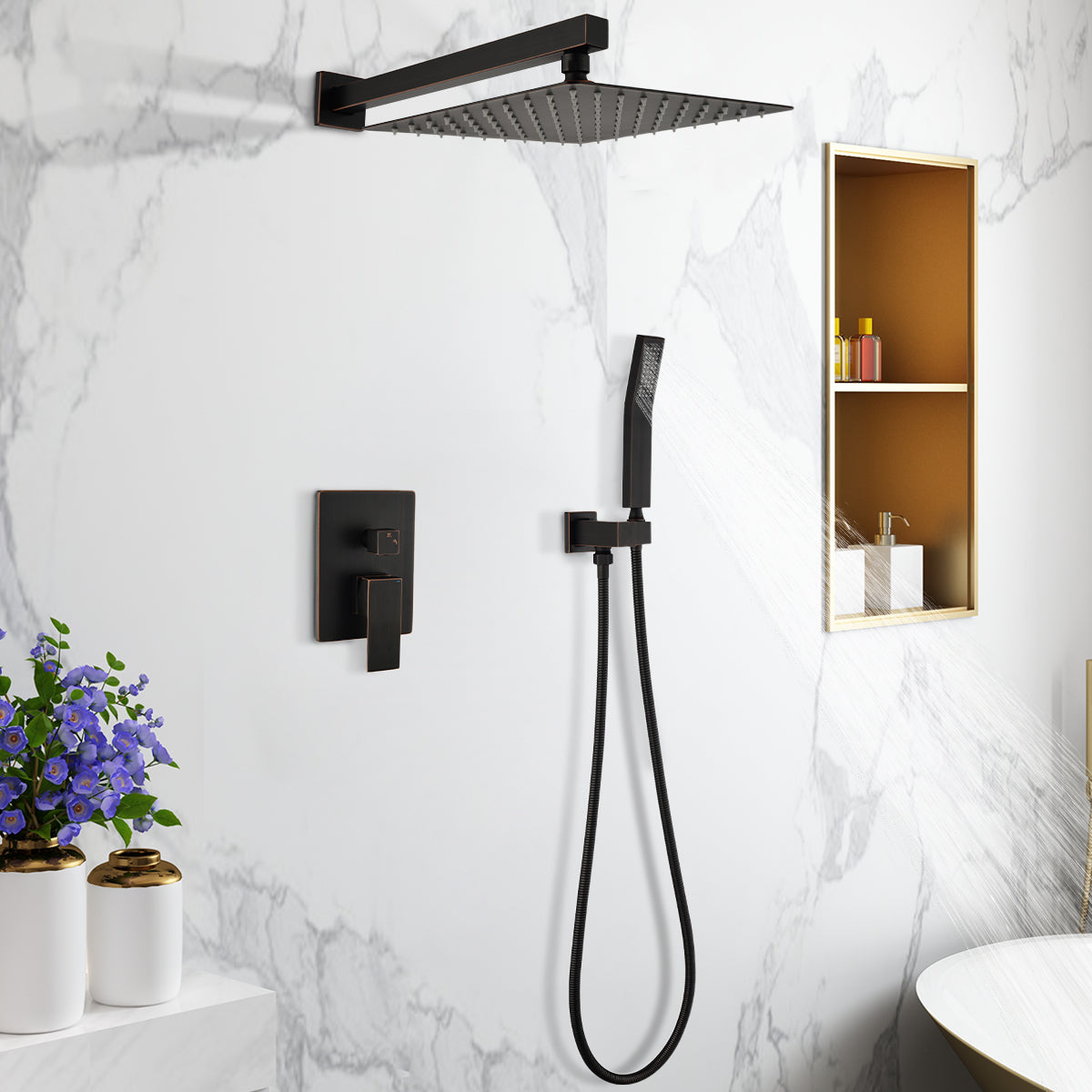






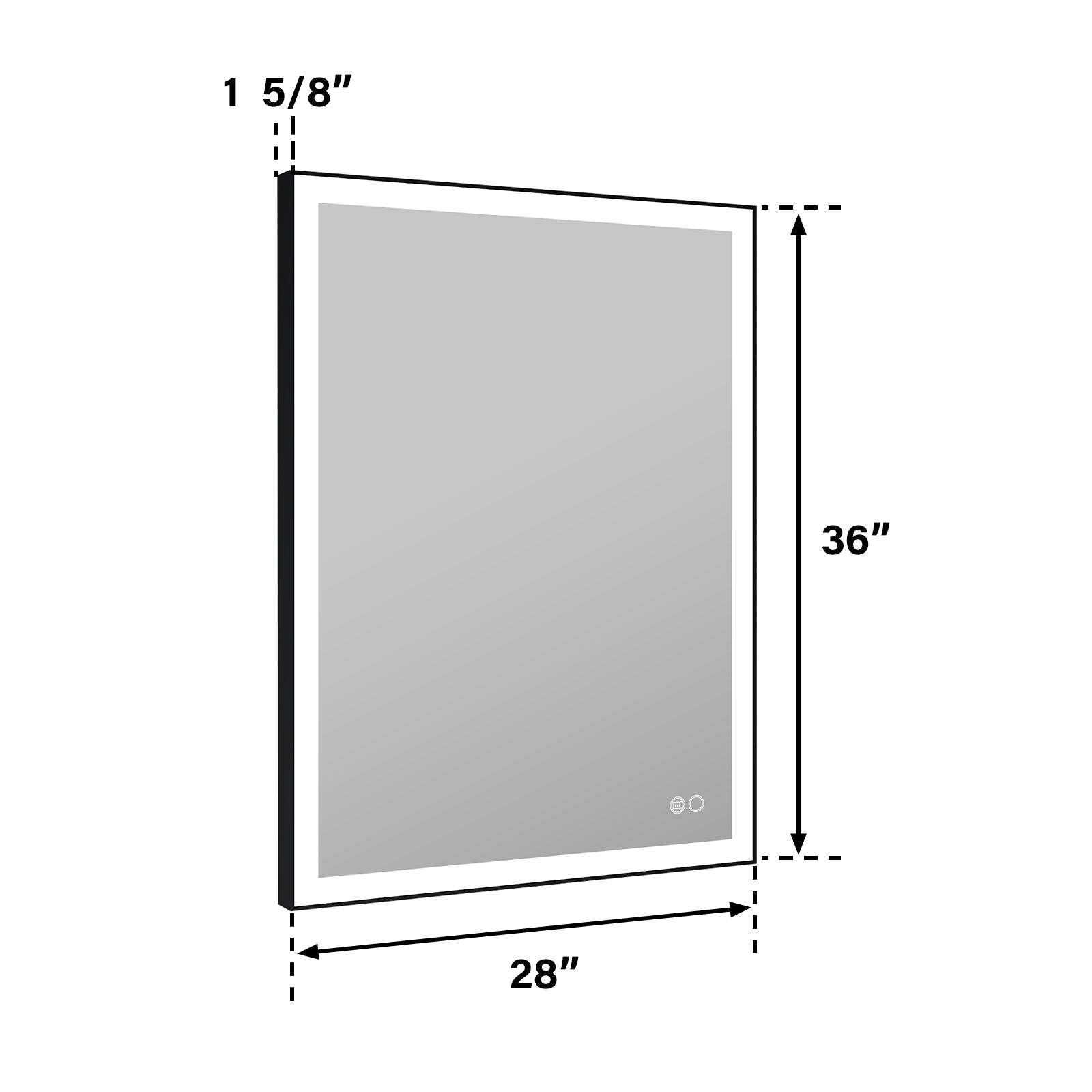


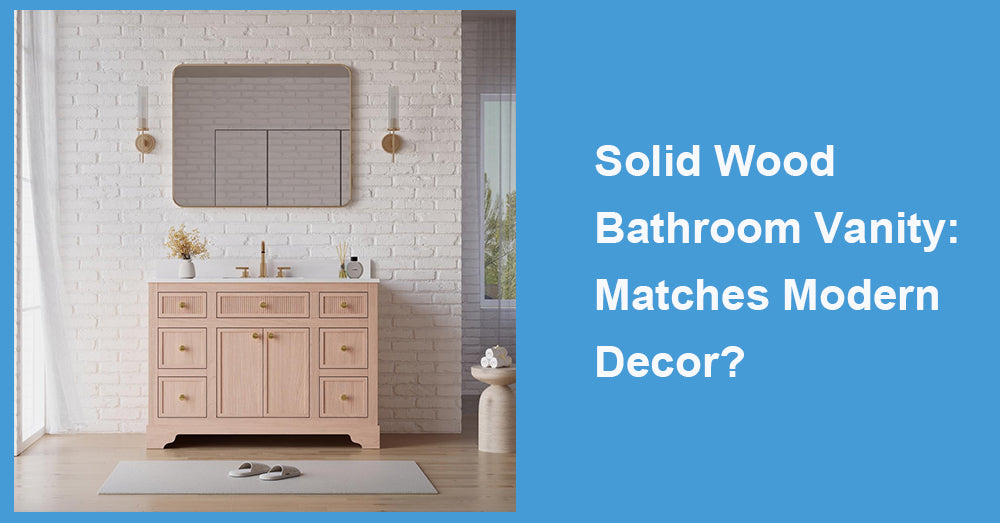
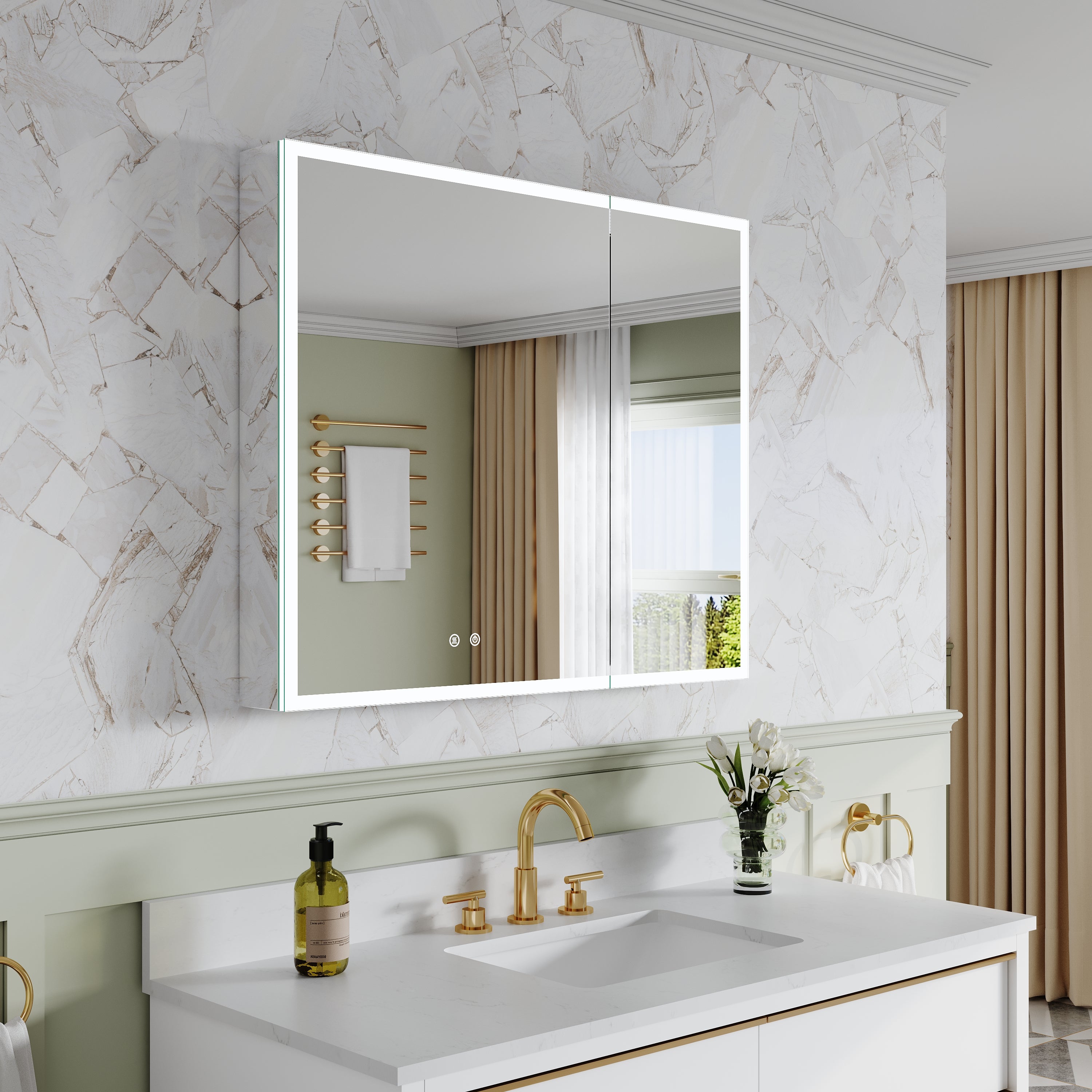
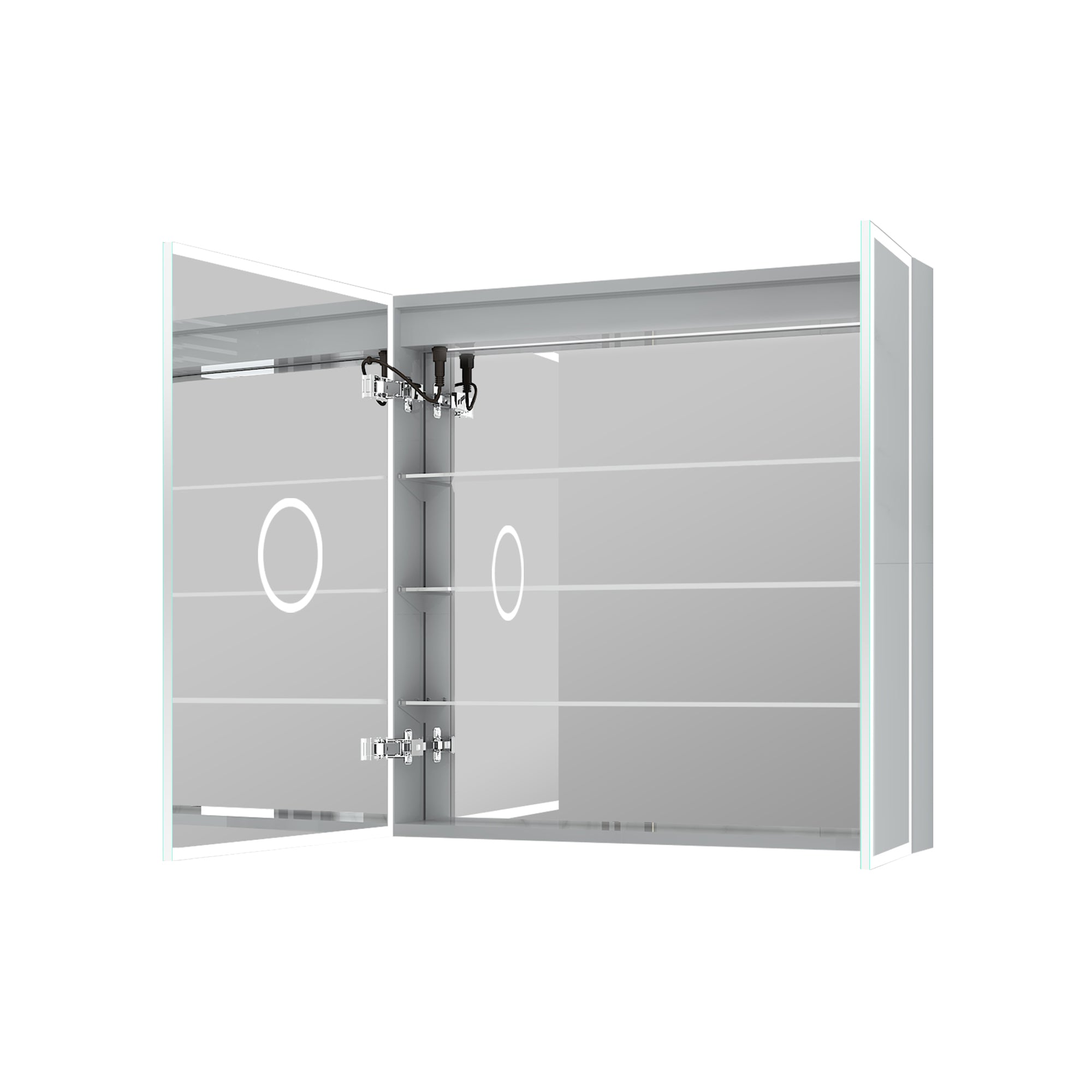
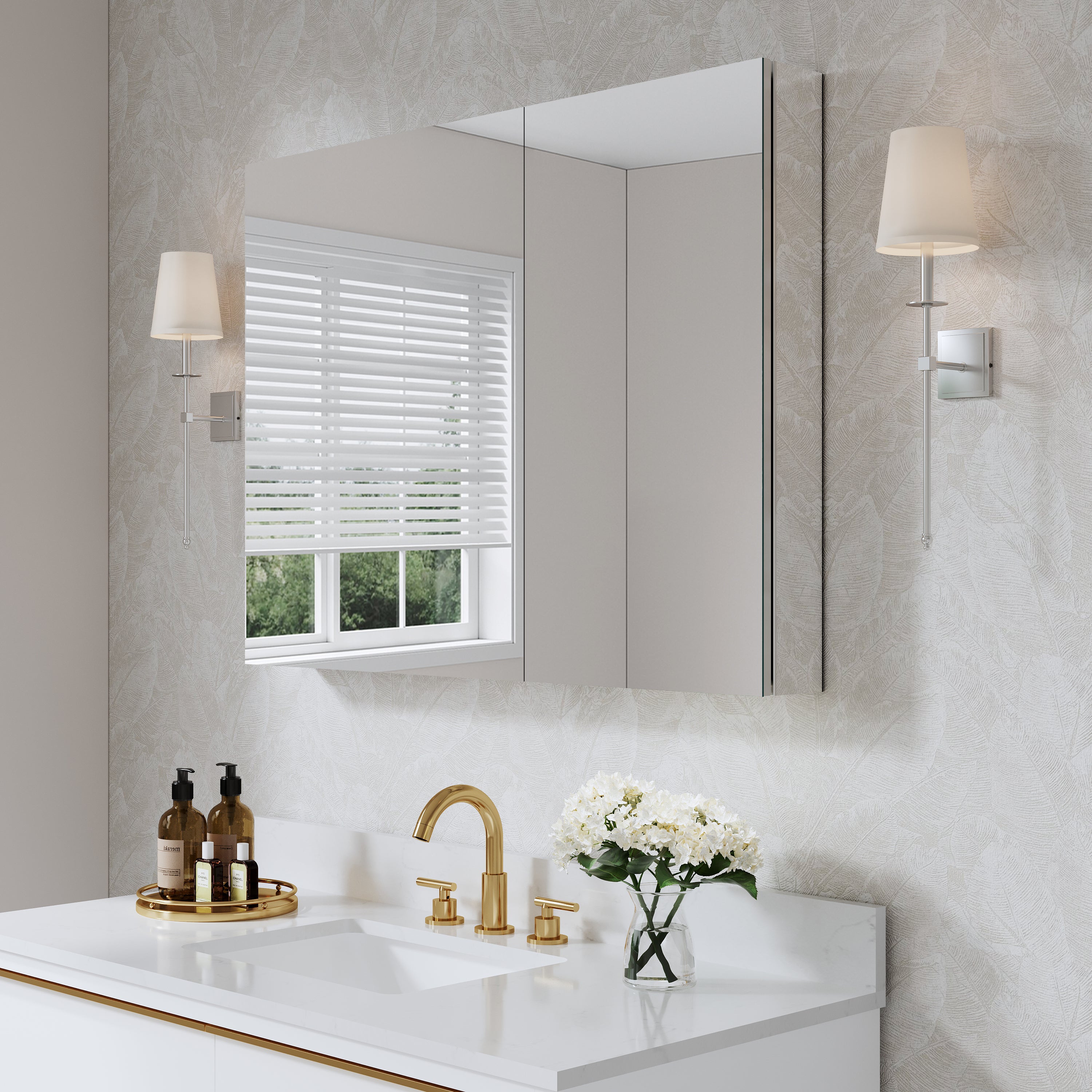

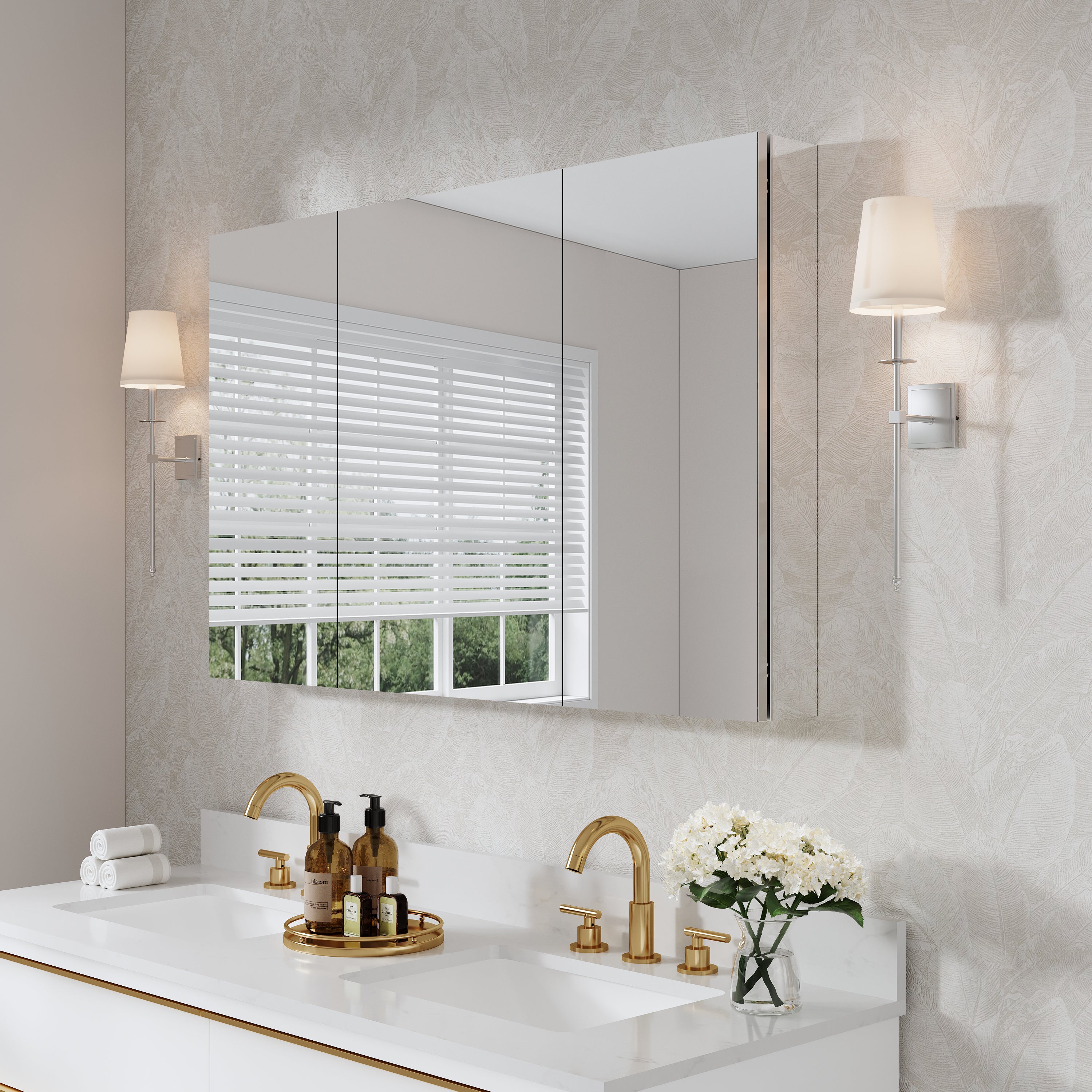
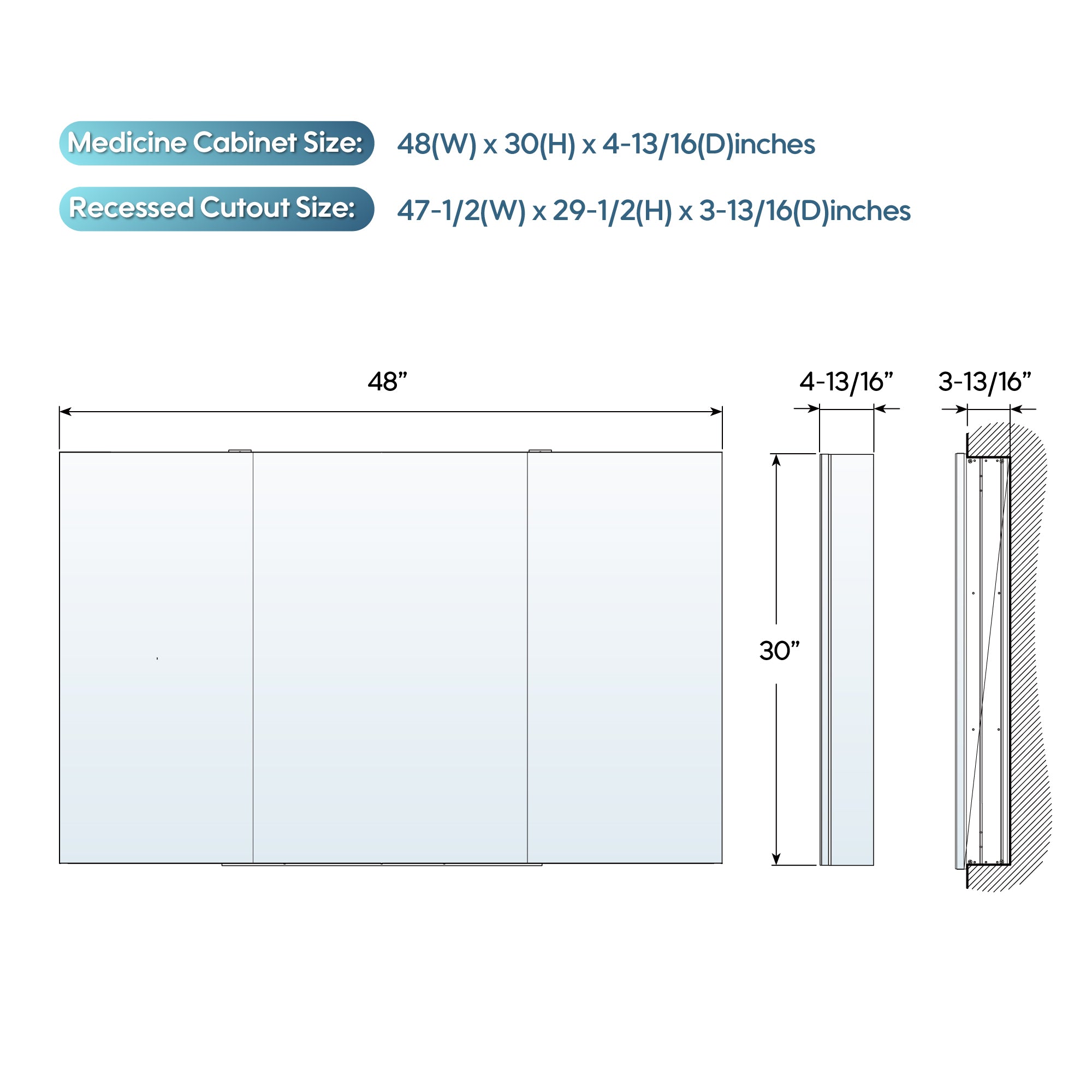

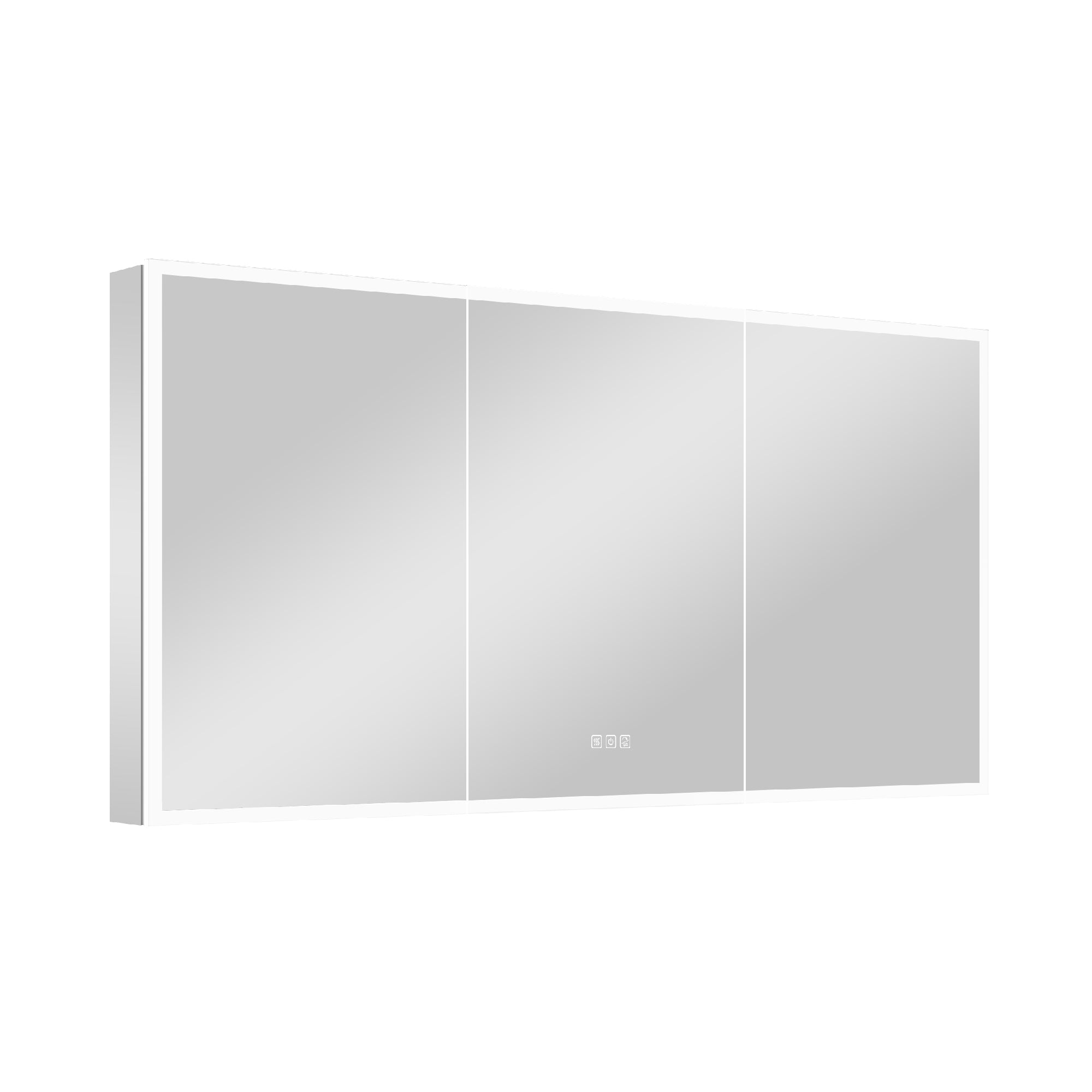
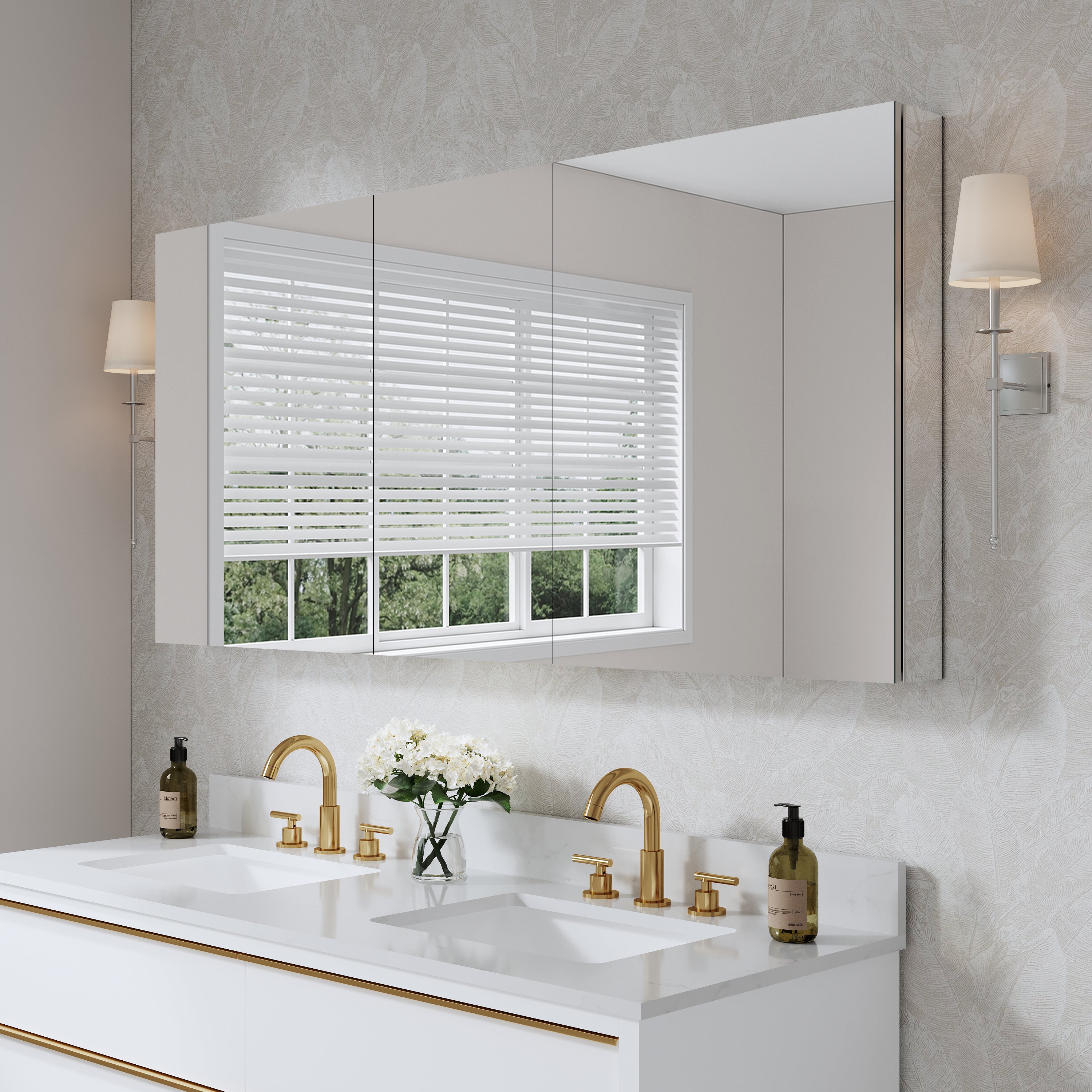




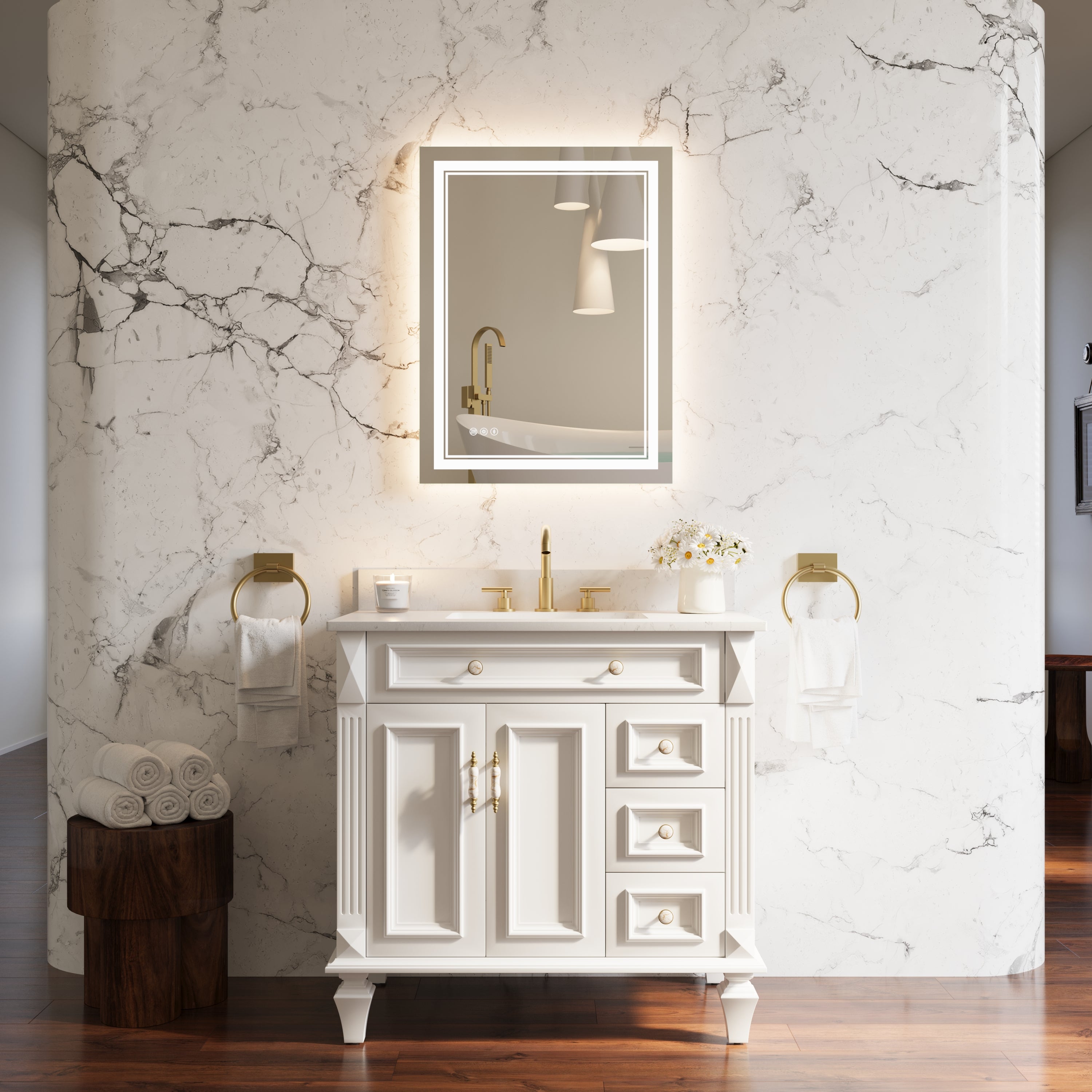
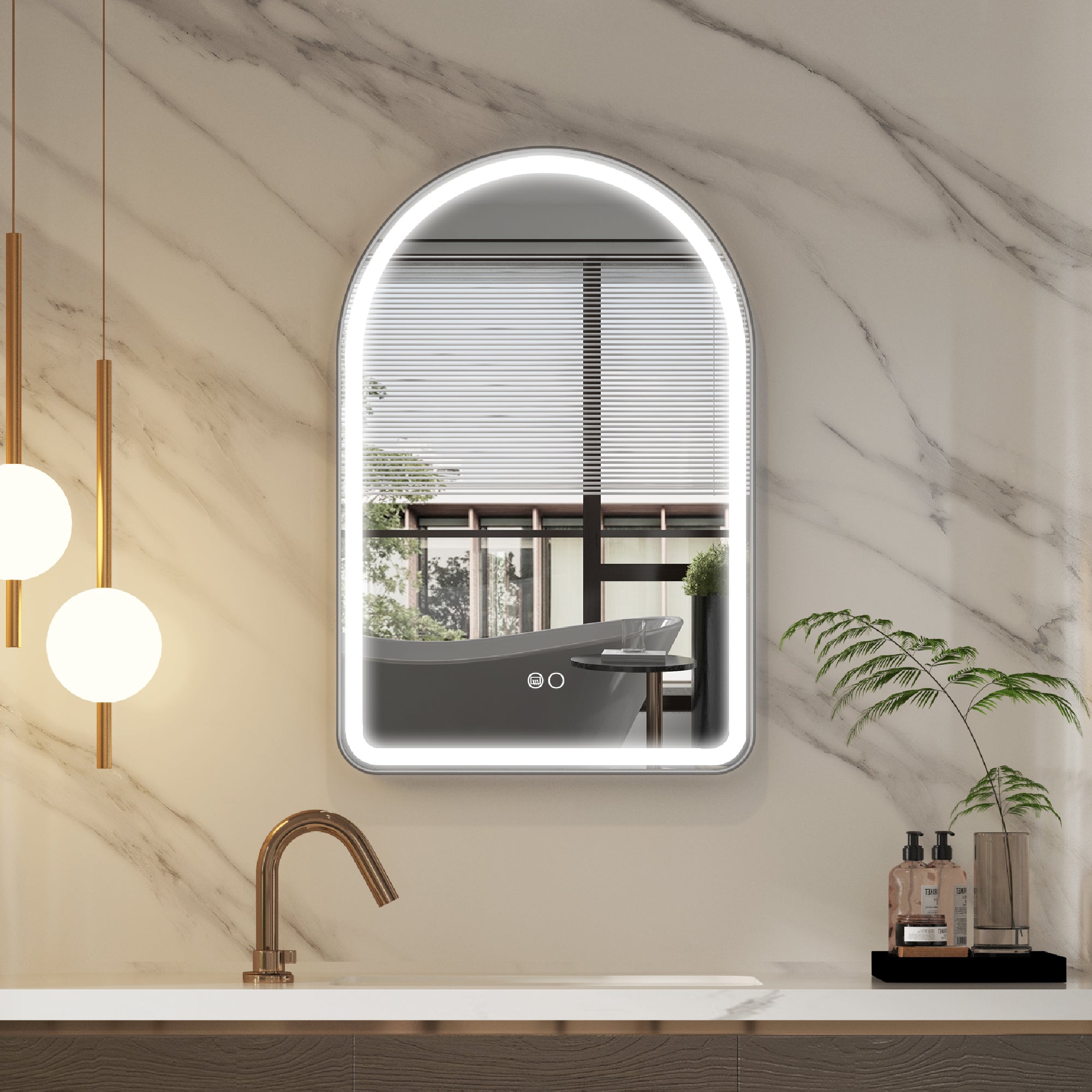
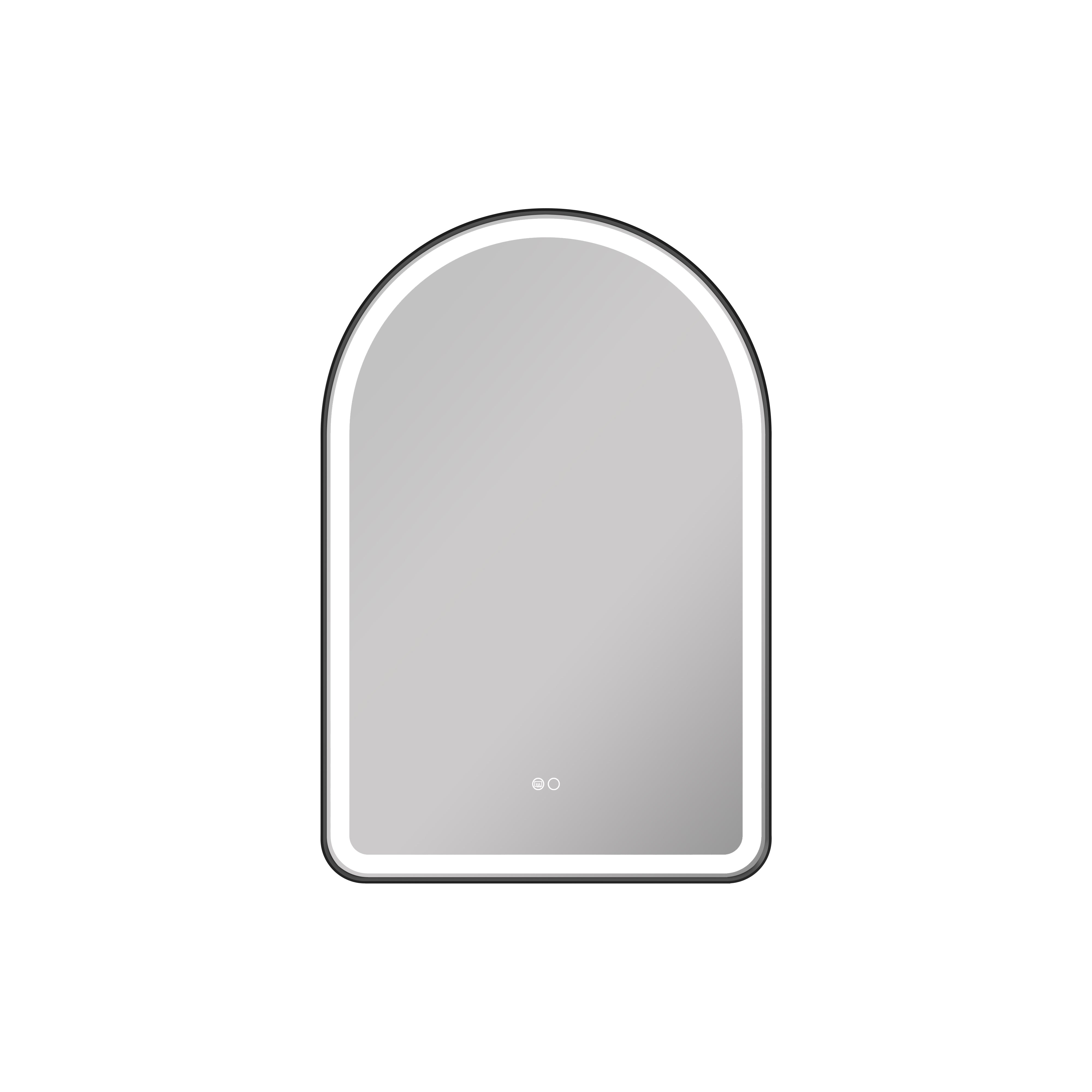

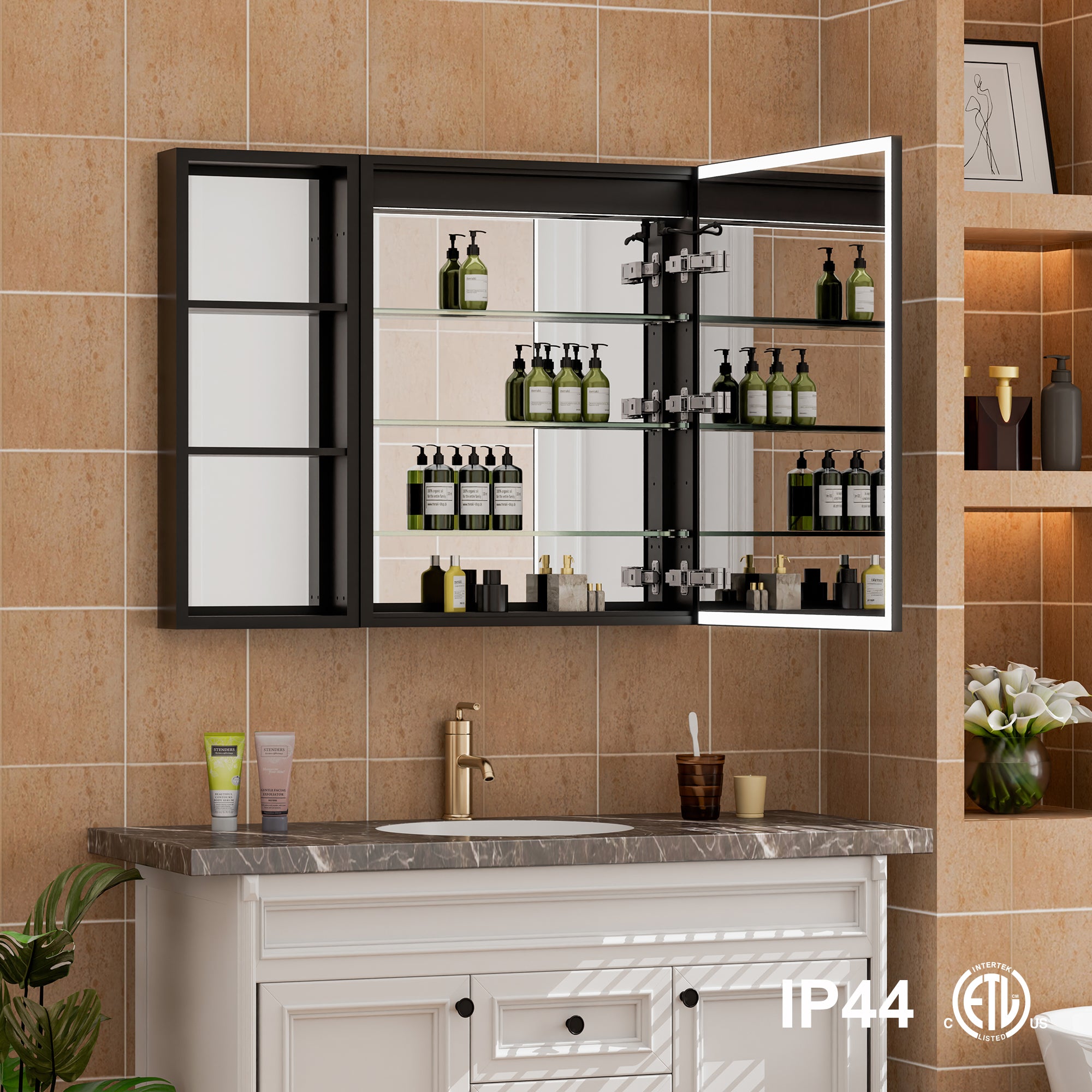
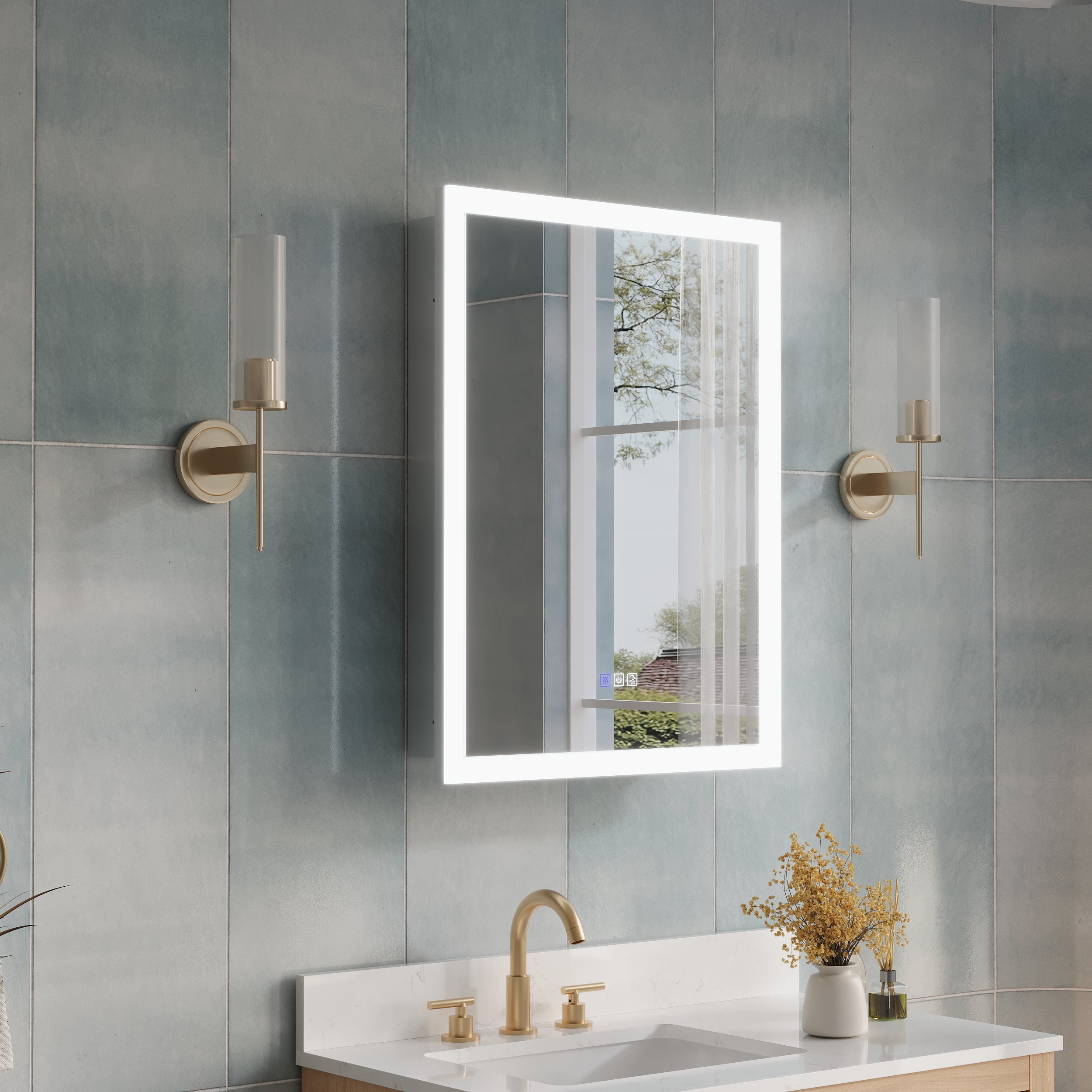
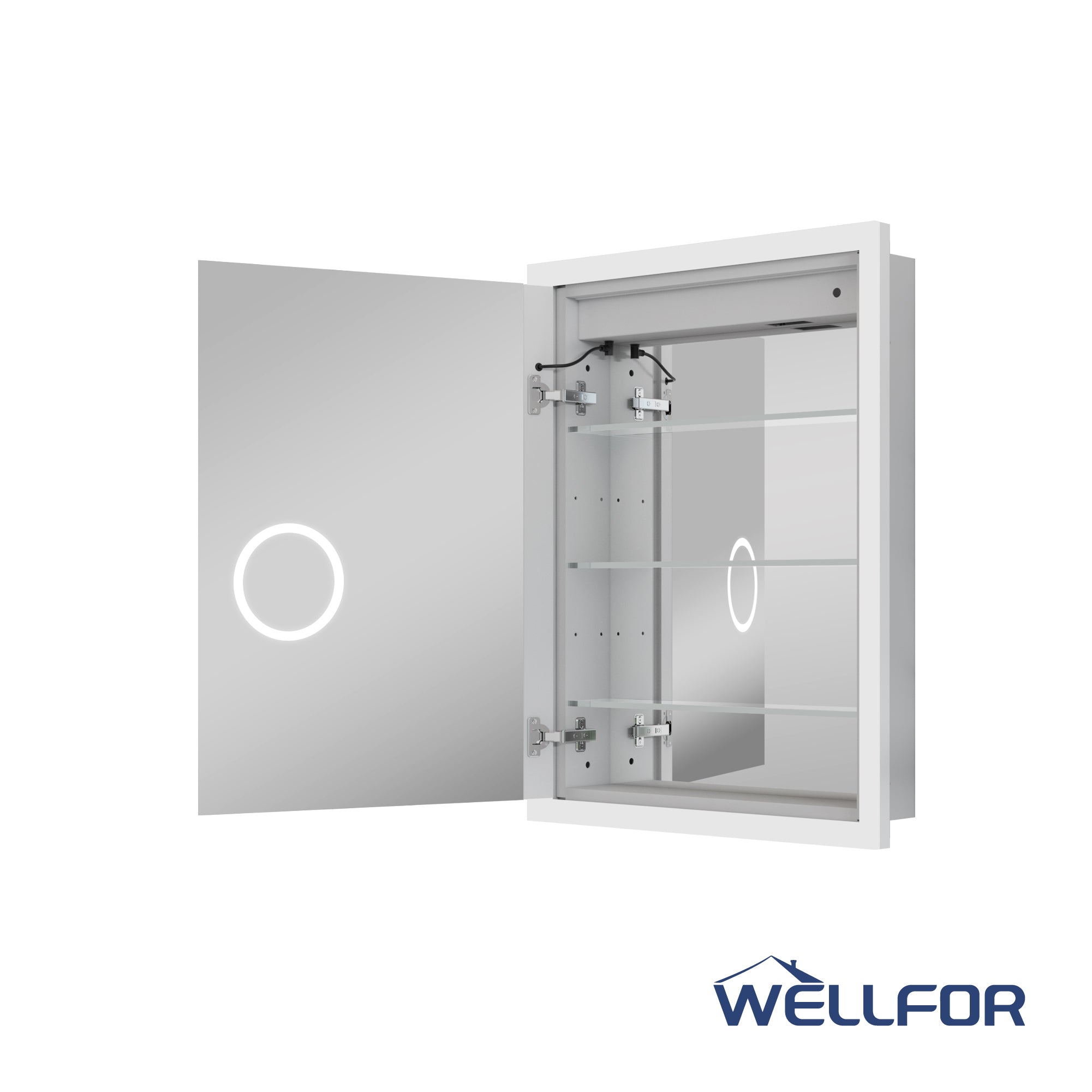
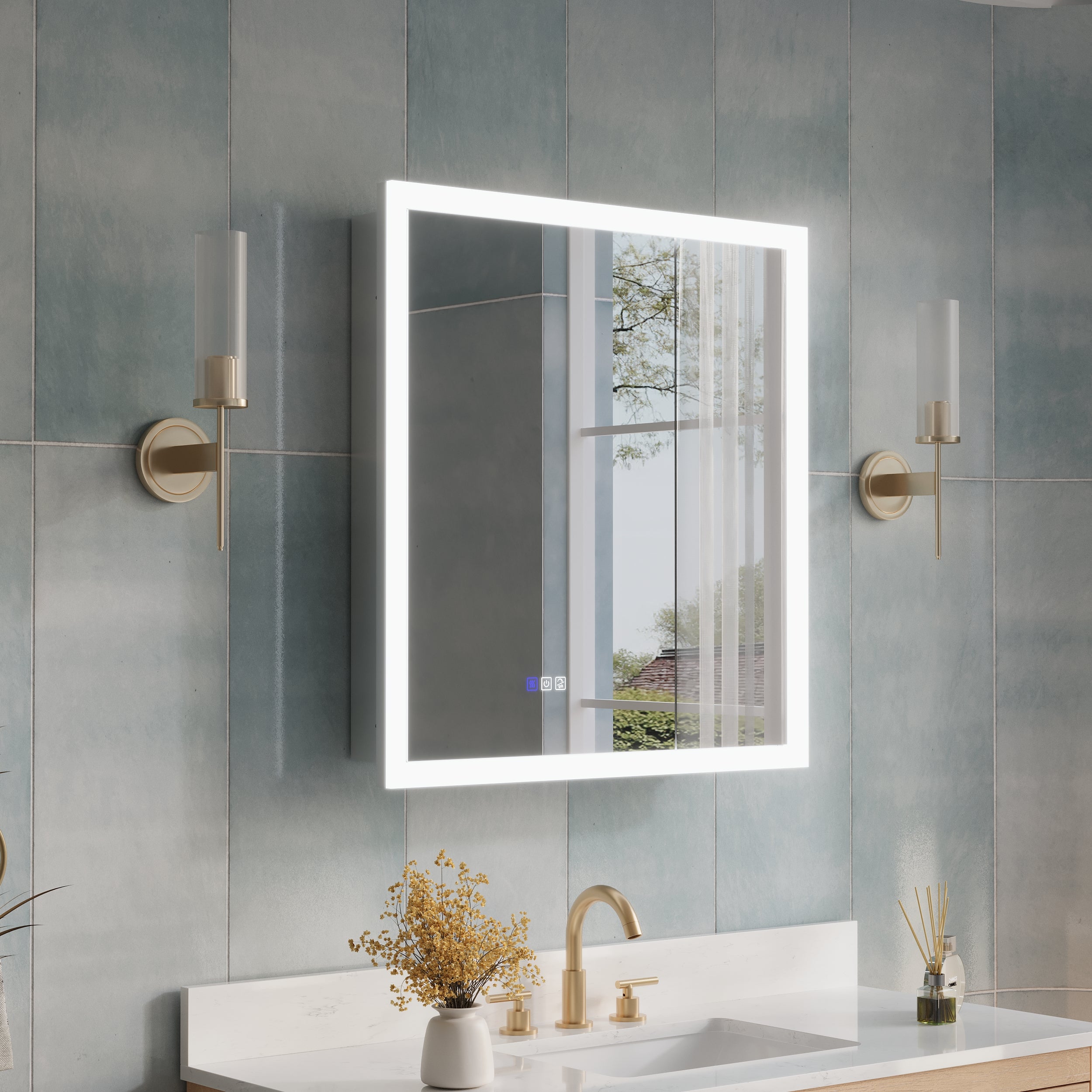
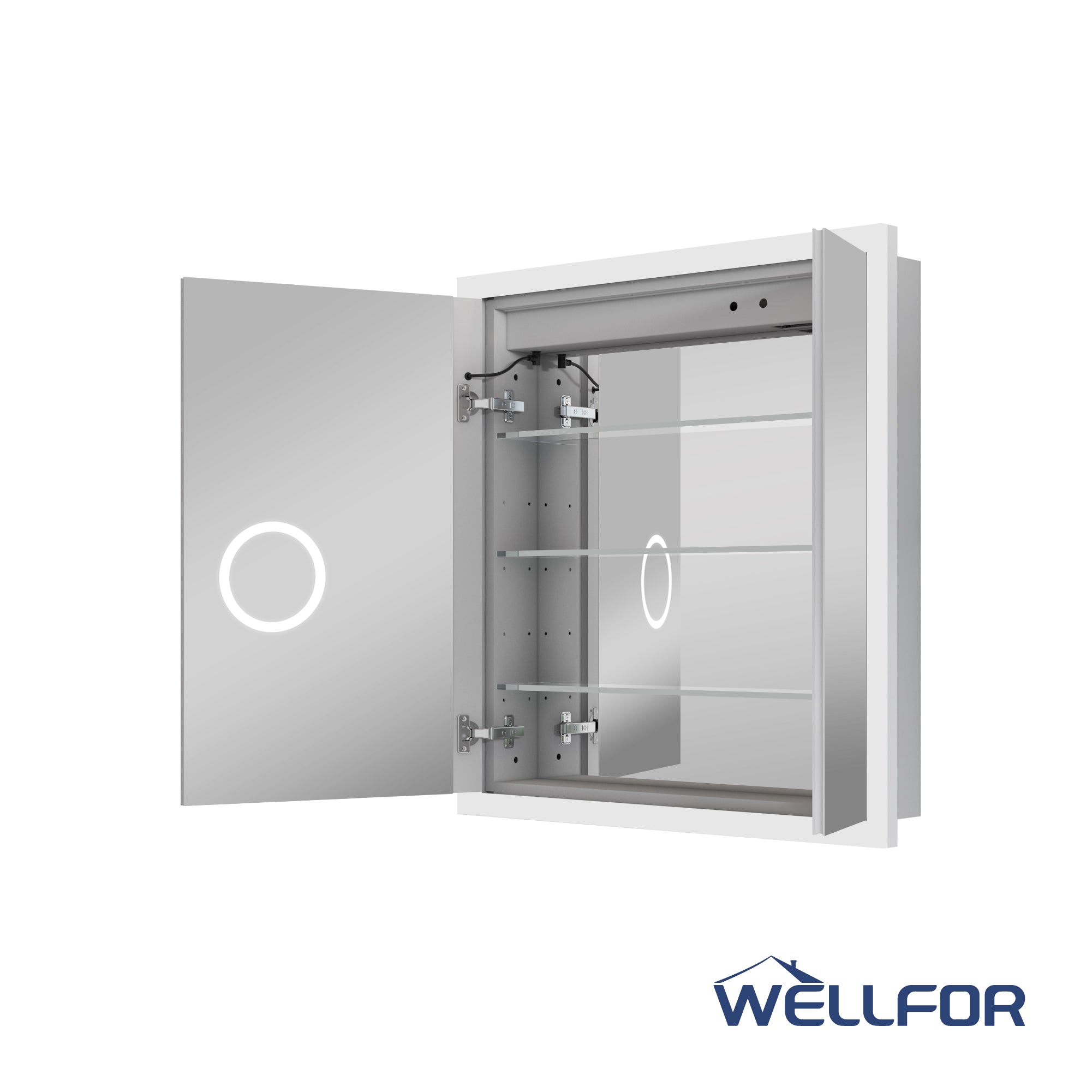
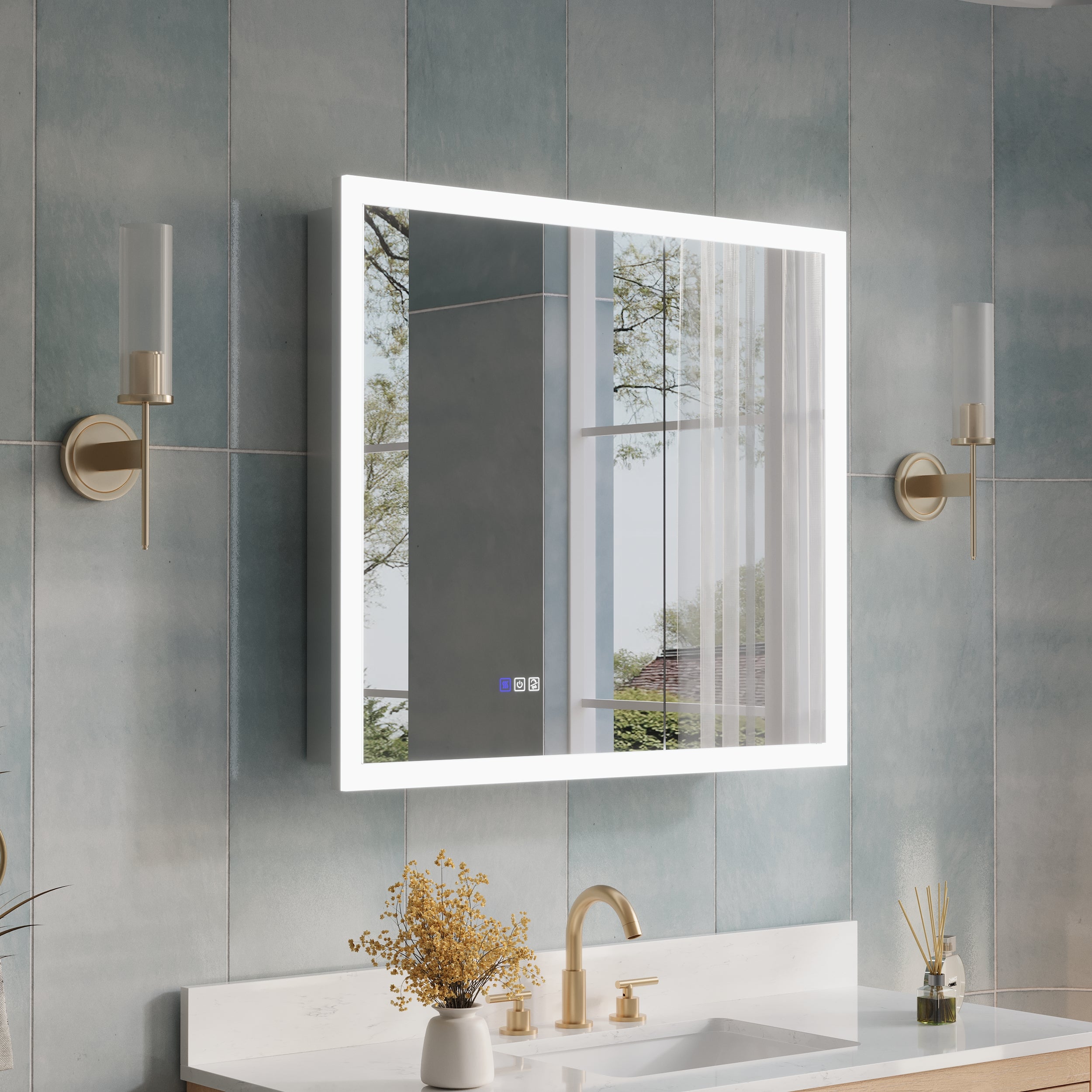

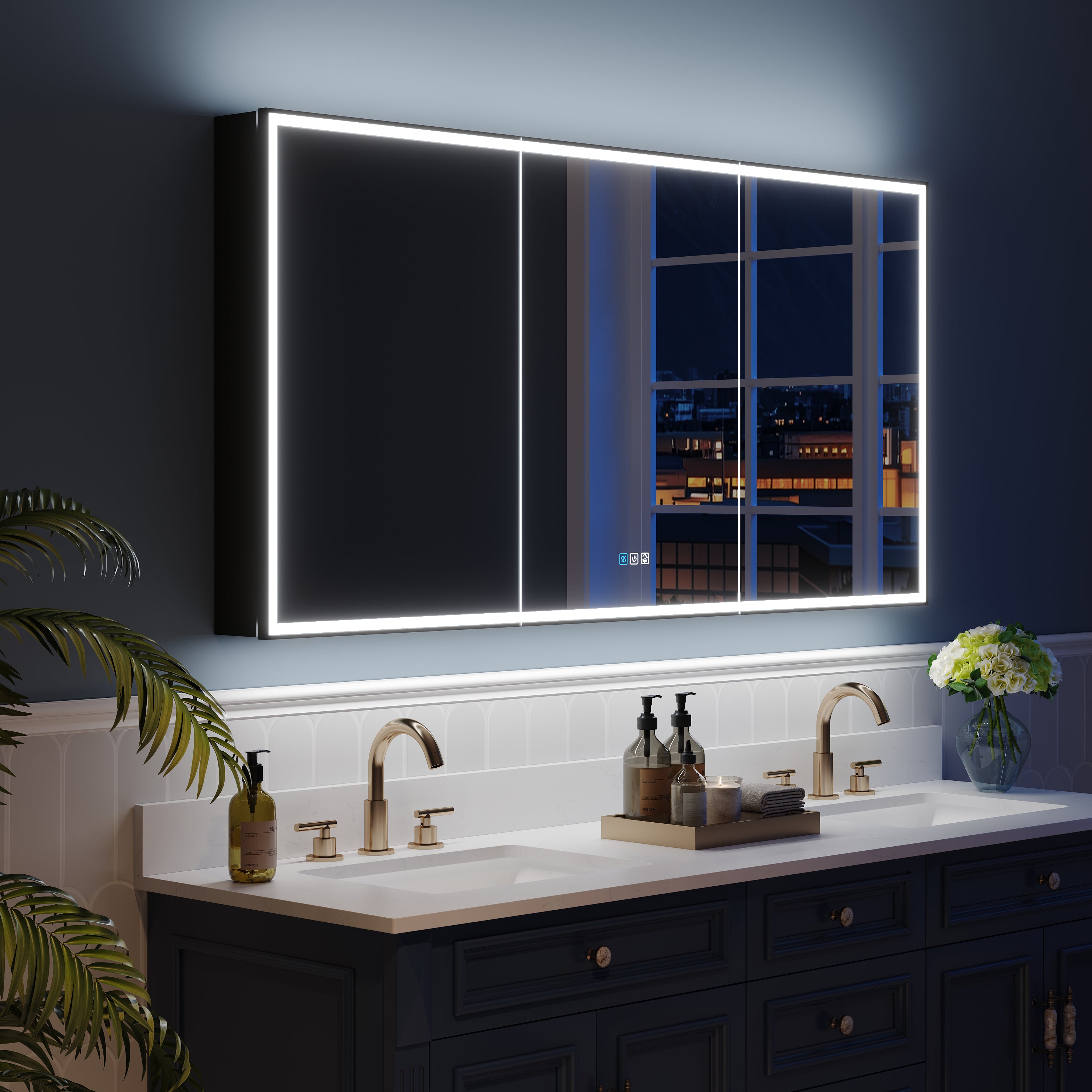
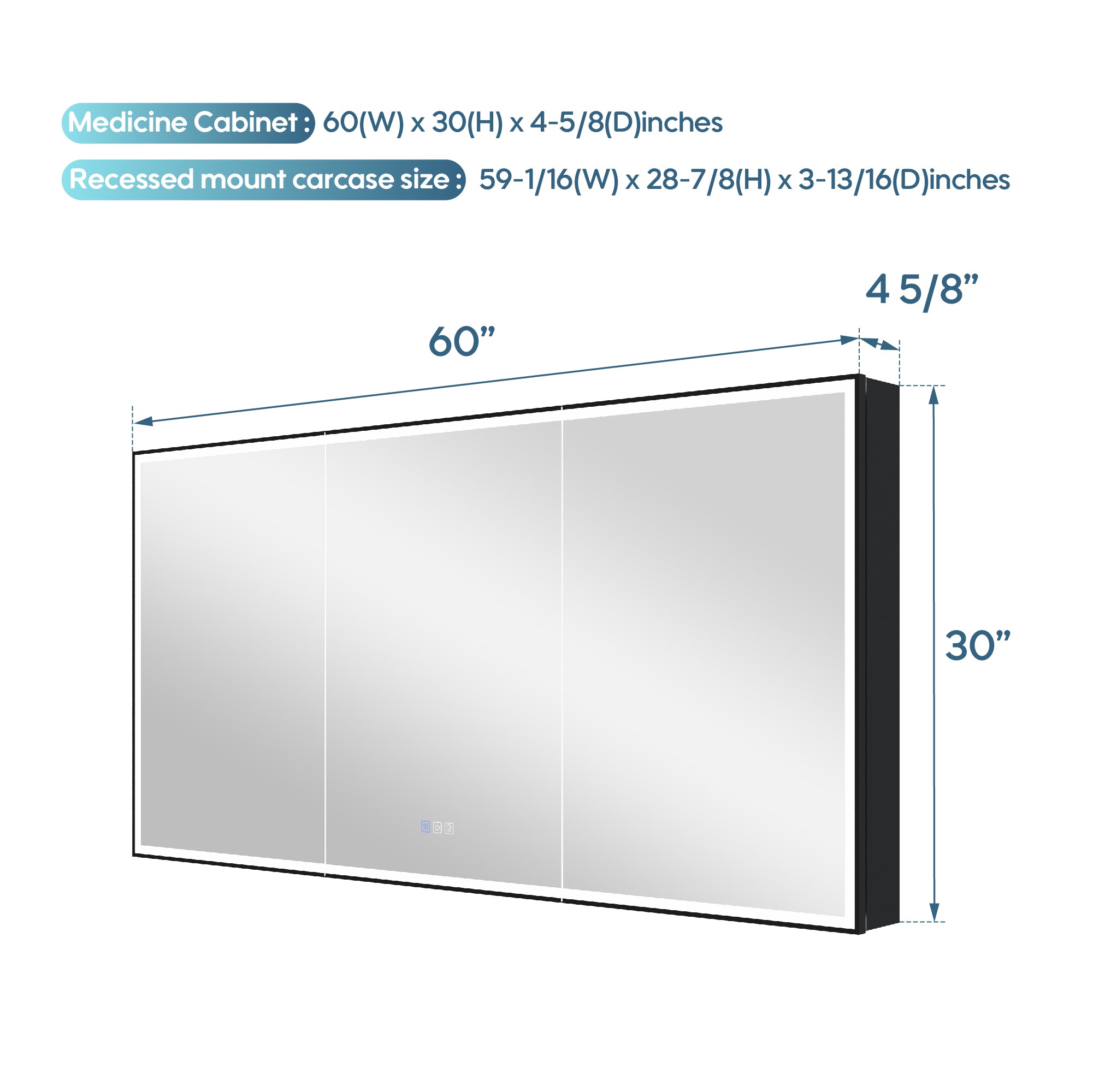
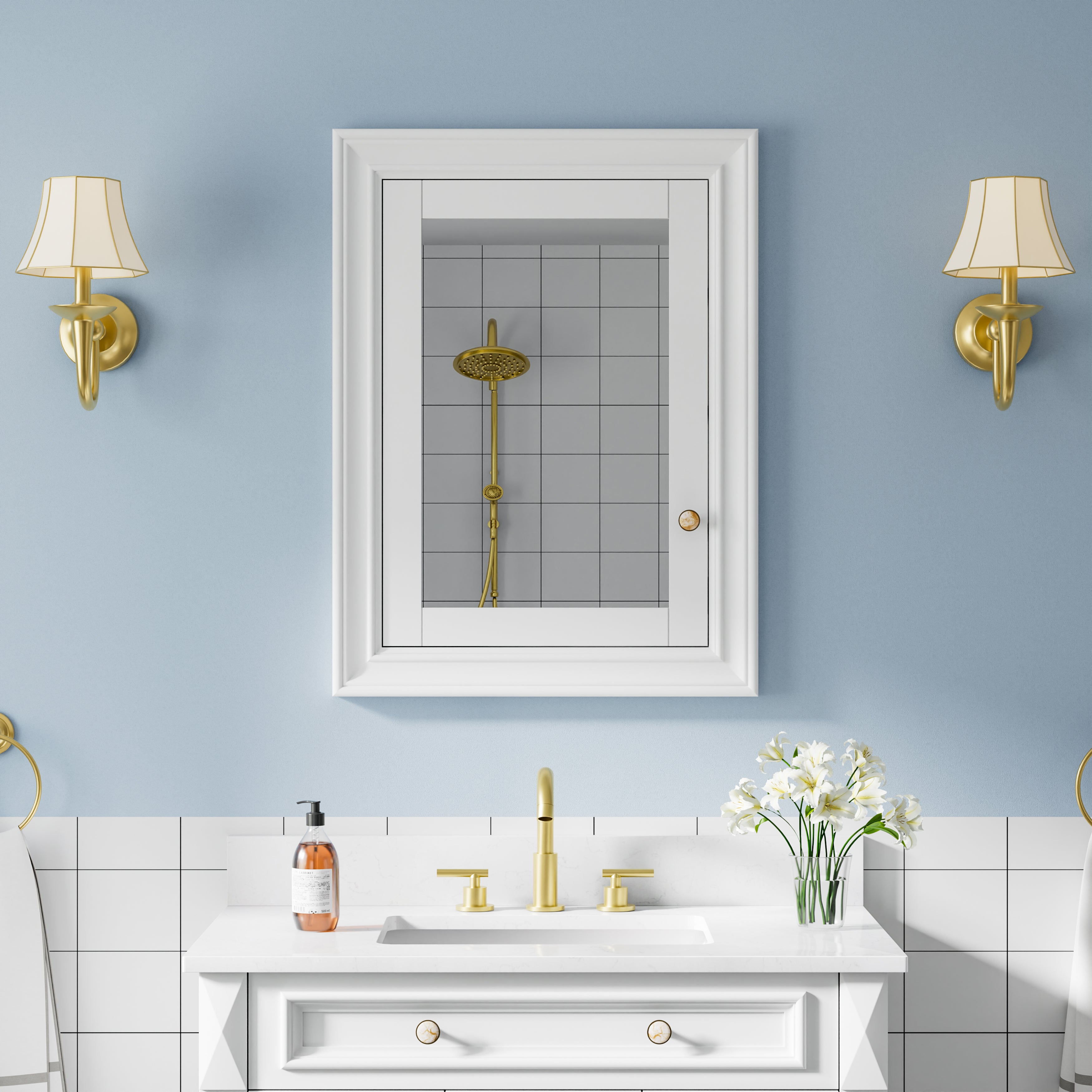


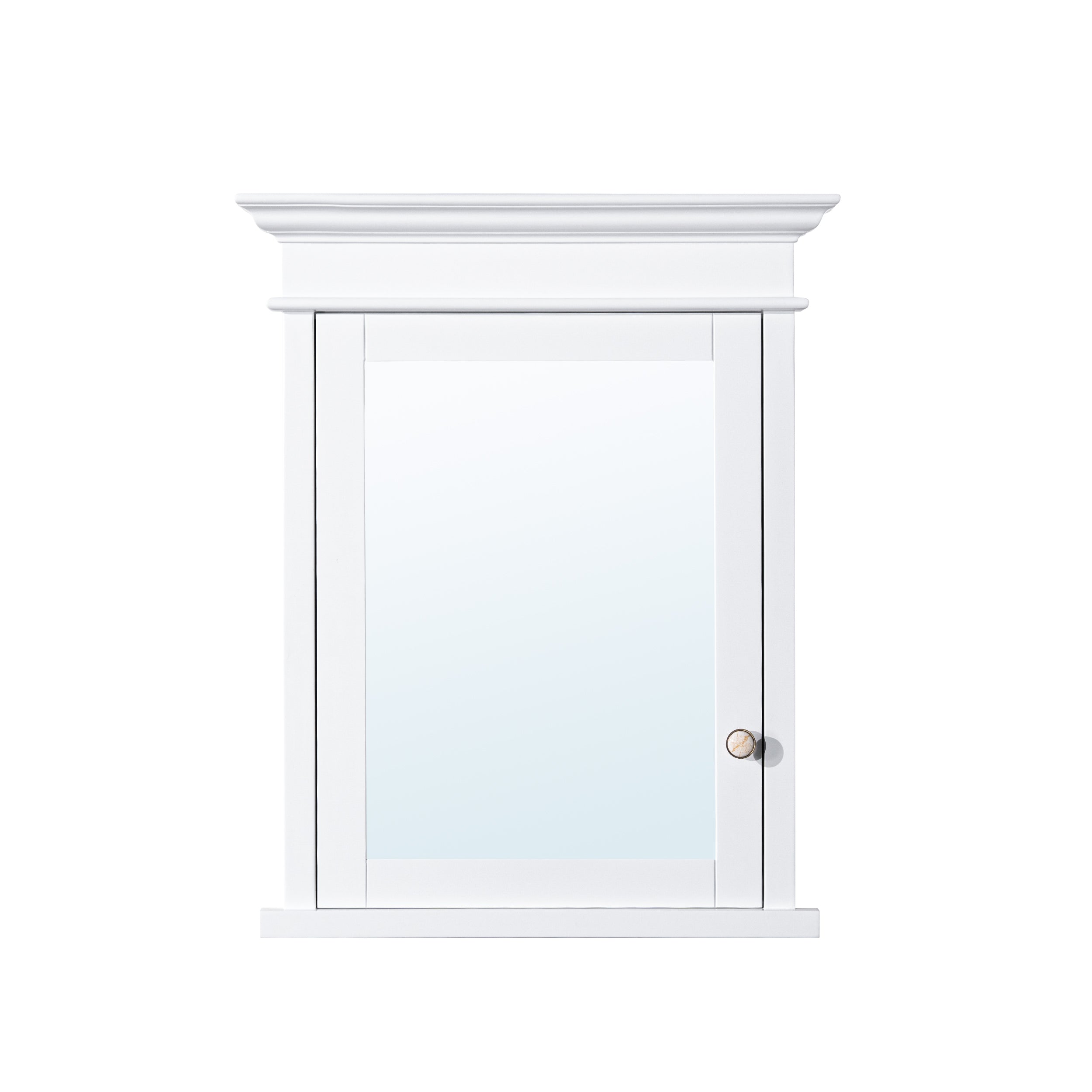

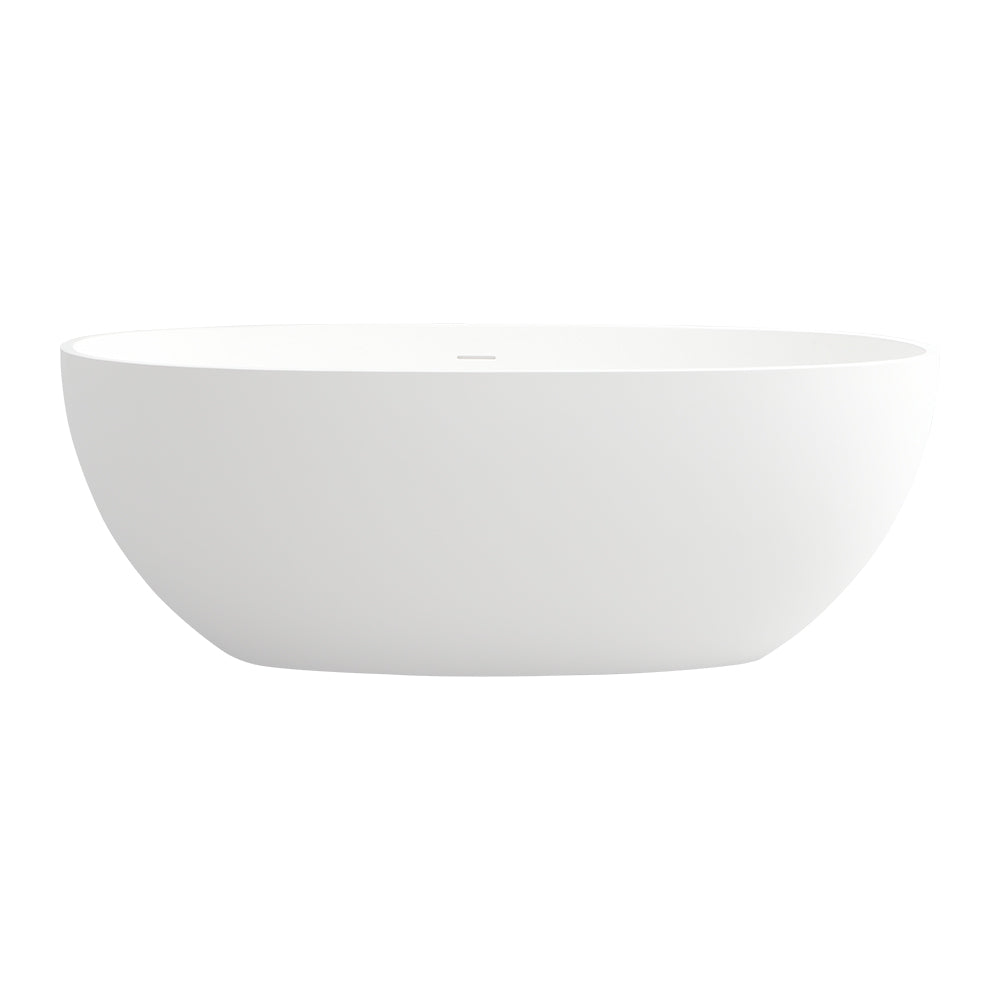


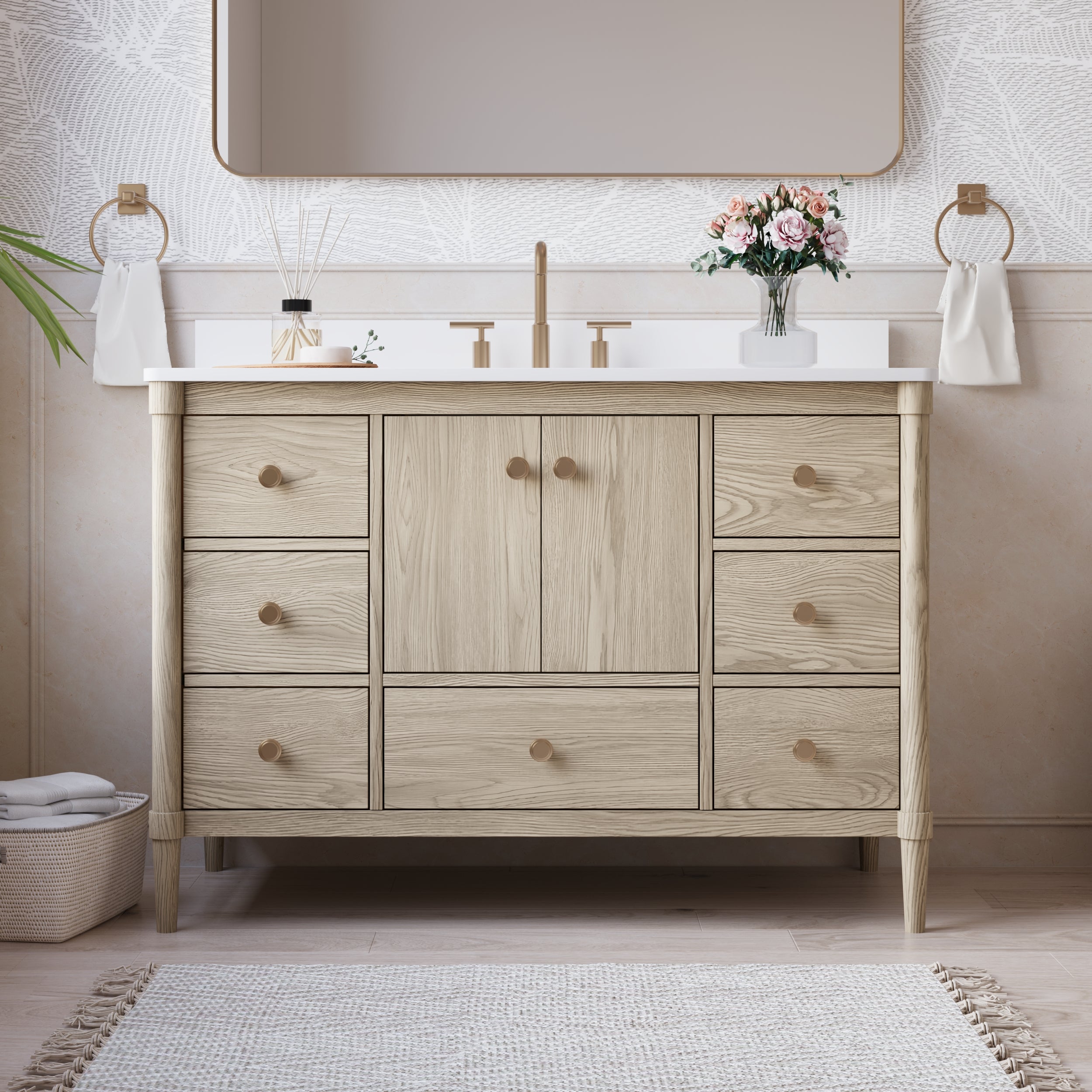
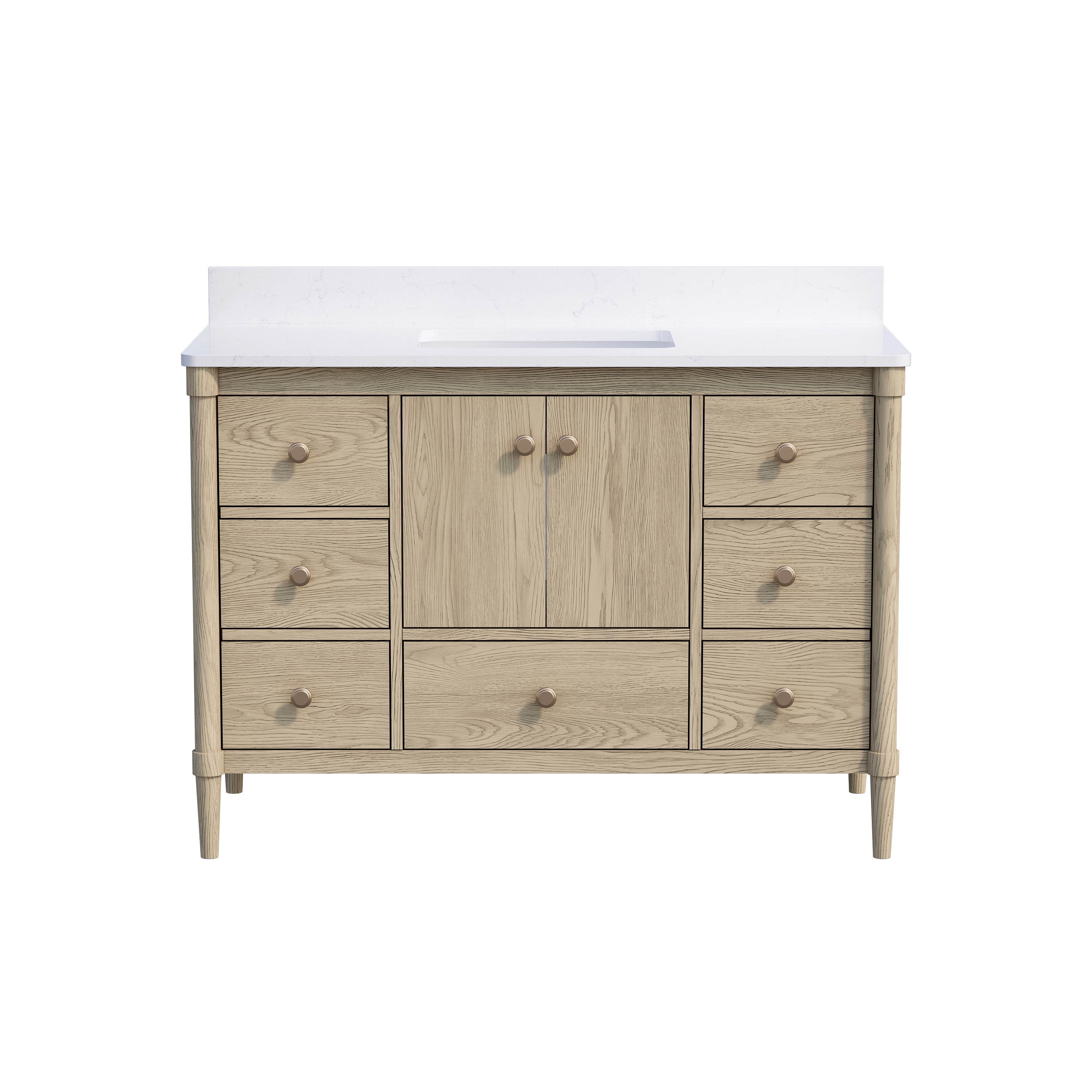
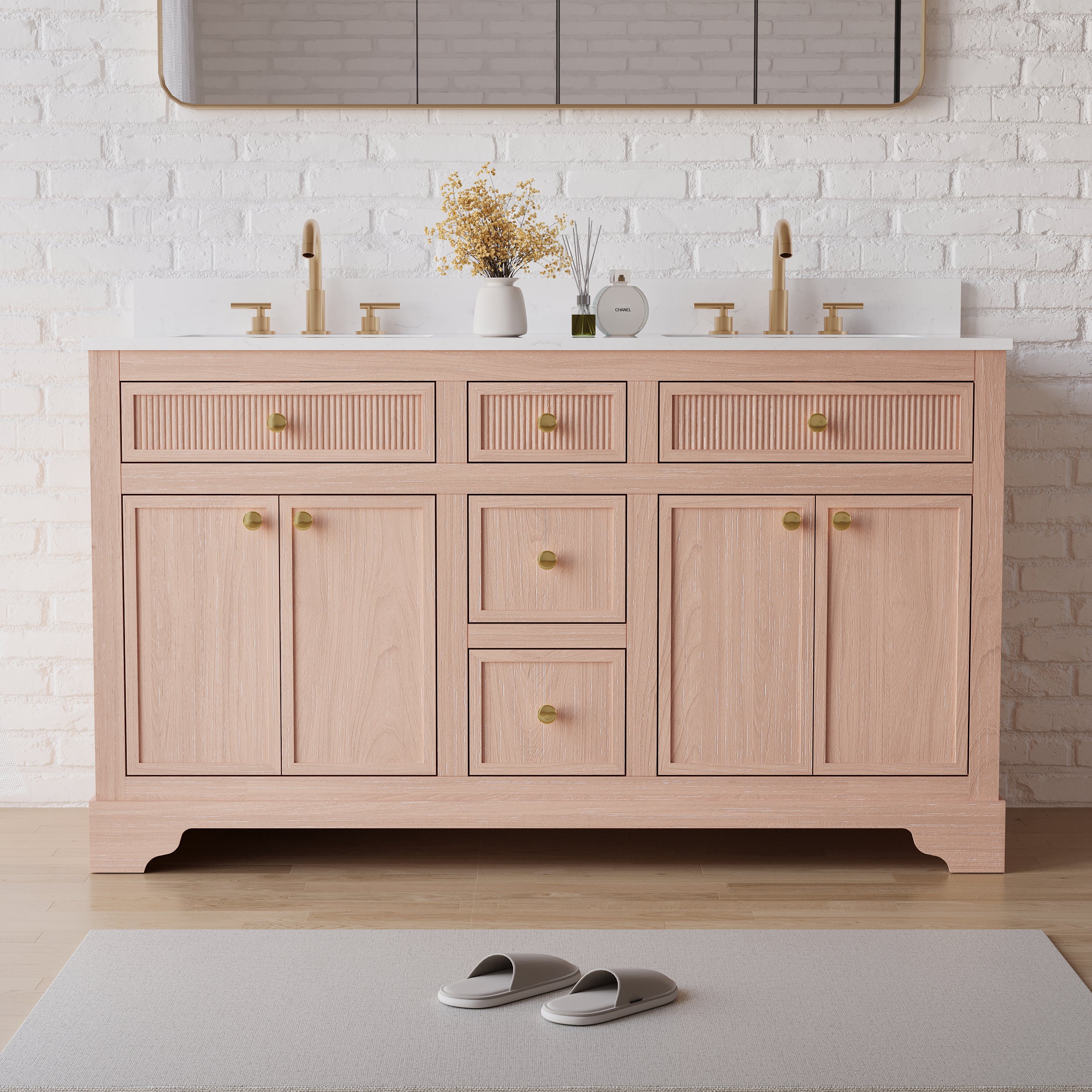



Leave a comment
This site is protected by hCaptcha and the hCaptcha Privacy Policy and Terms of Service apply.